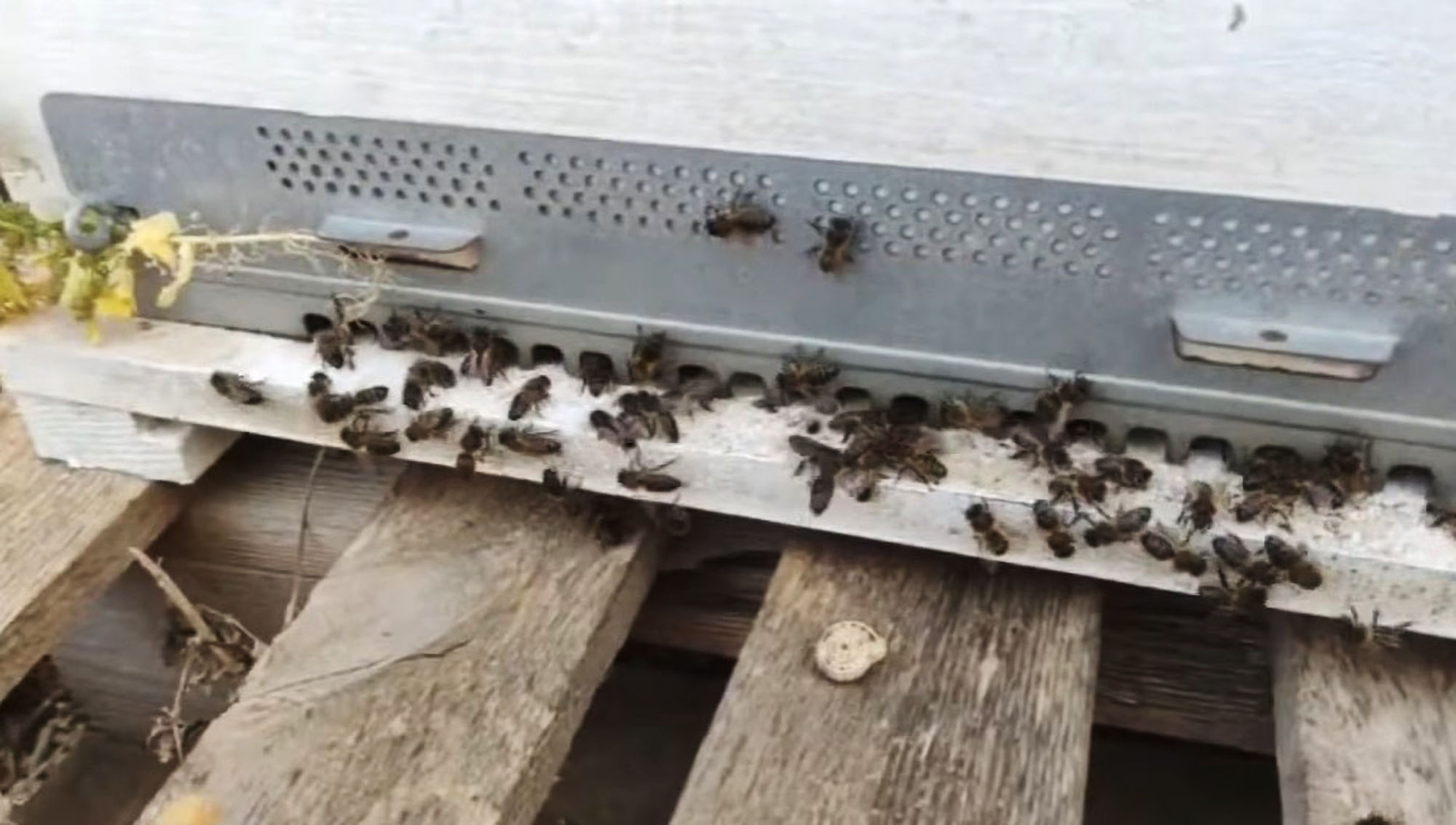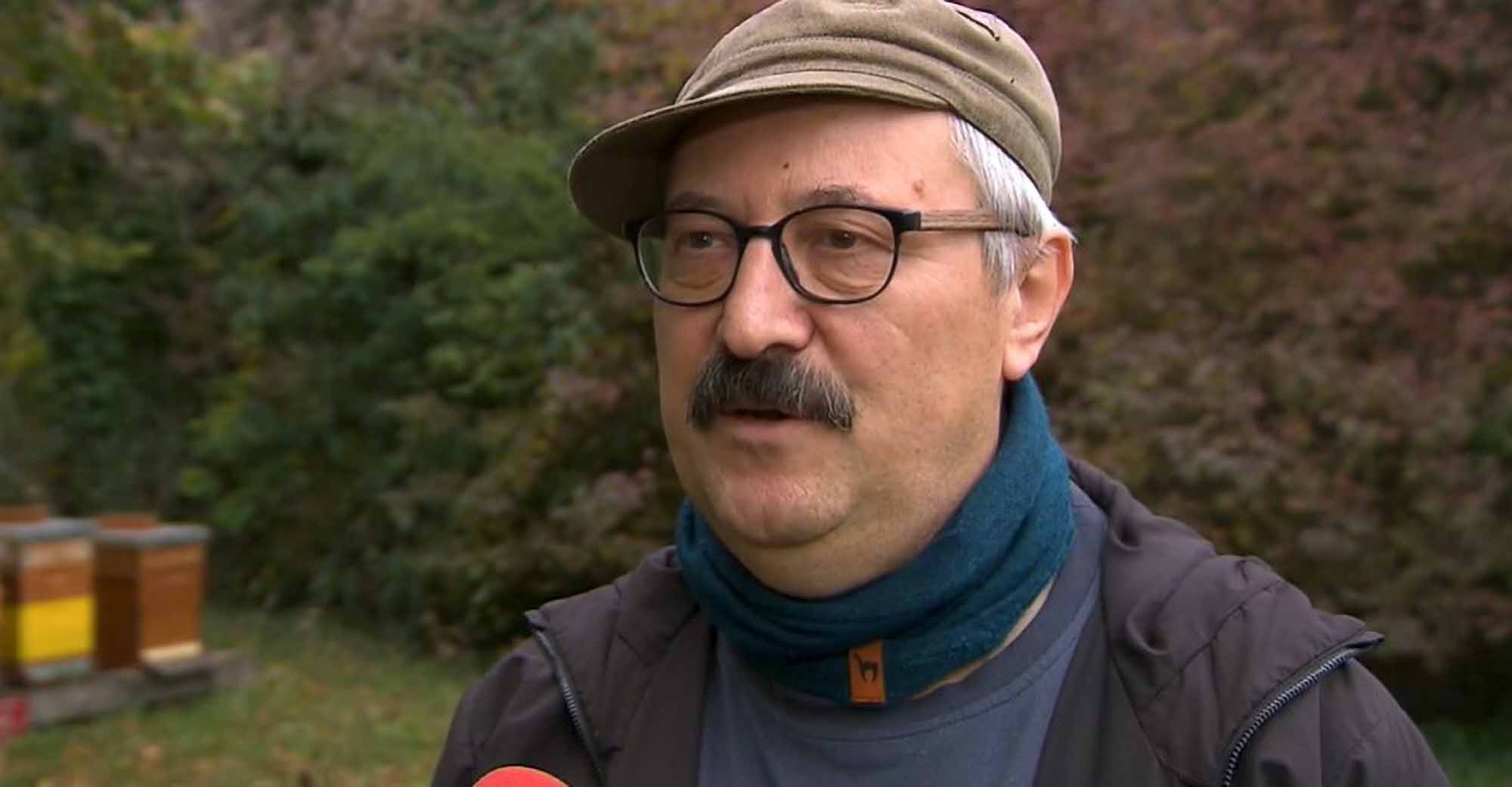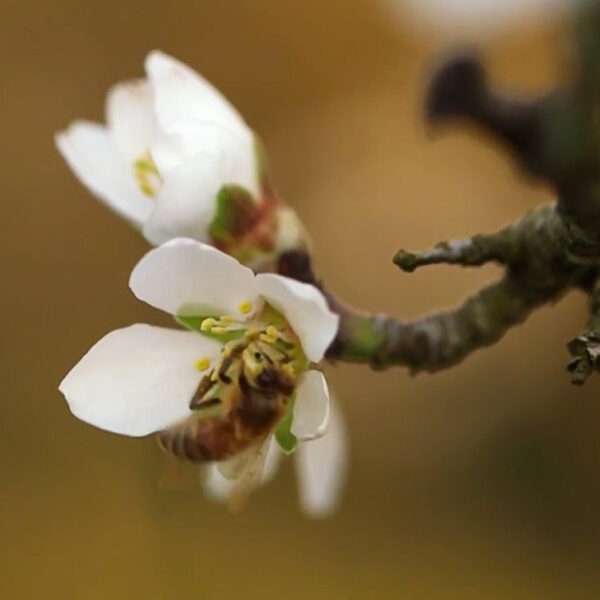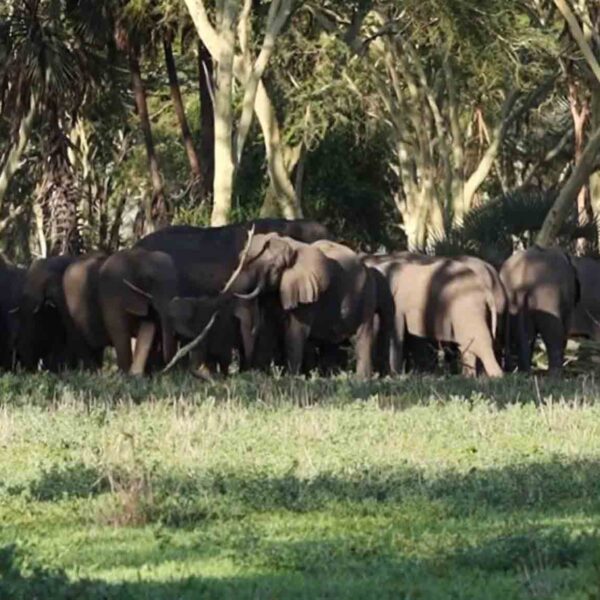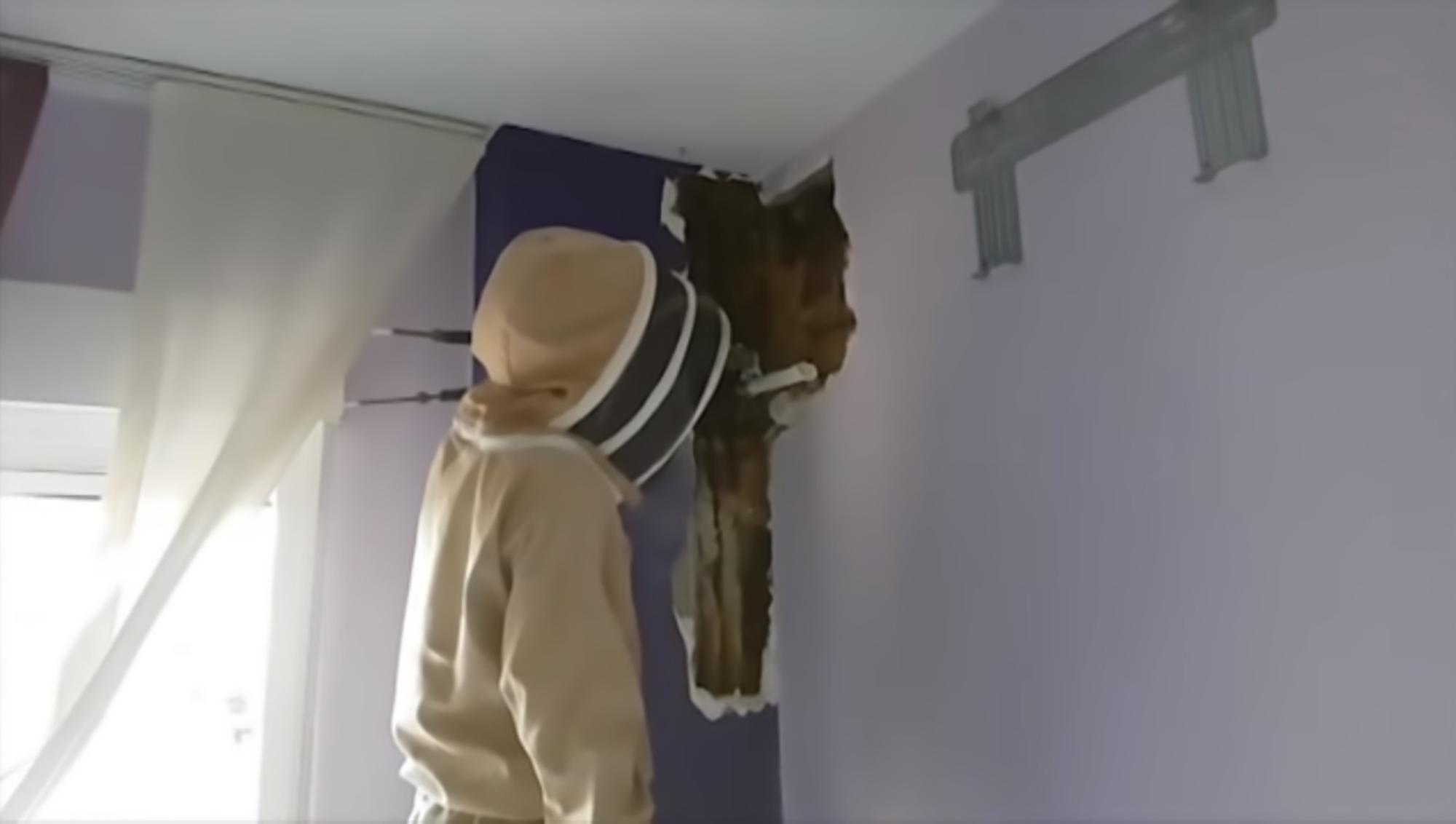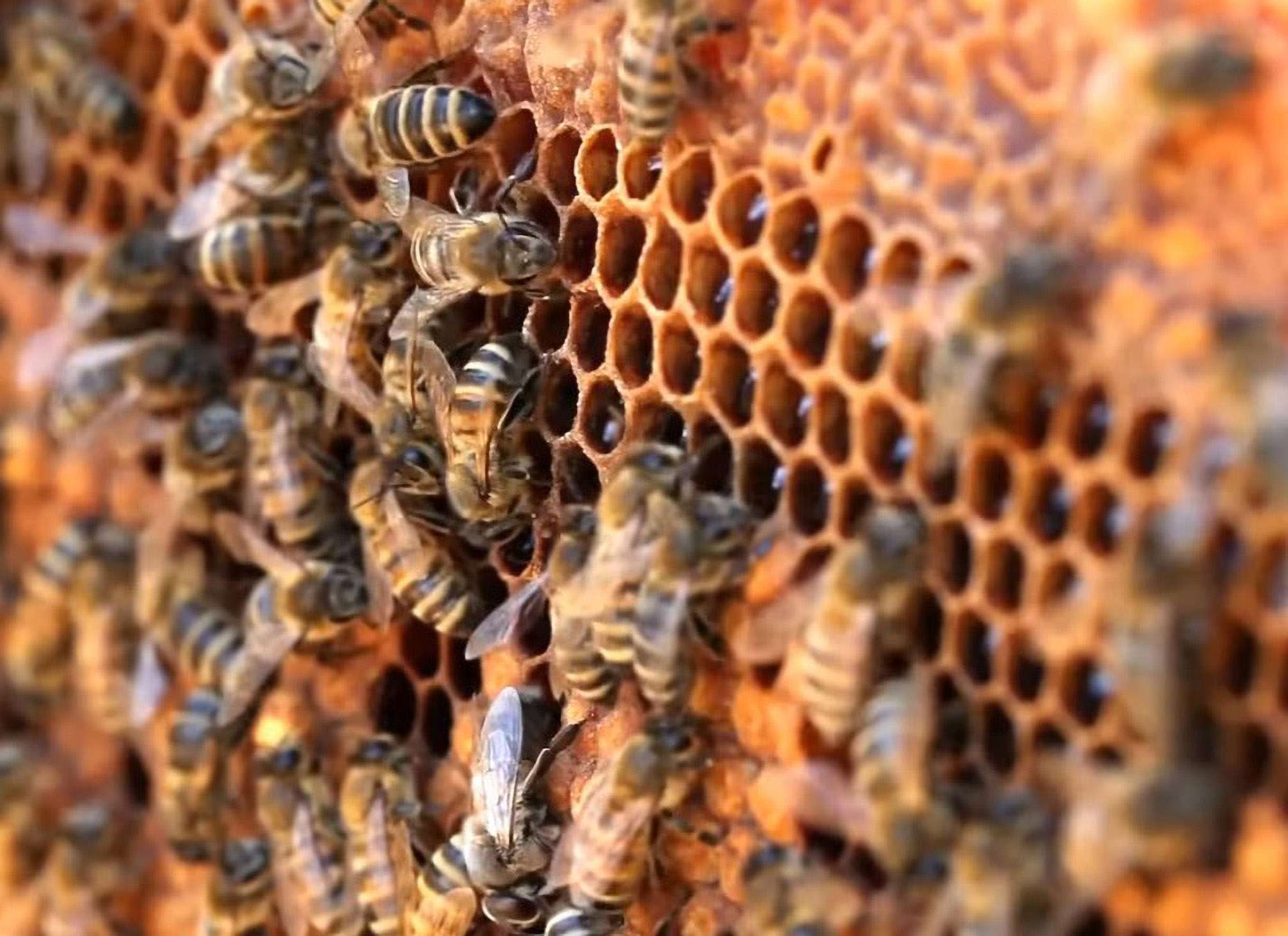Researchers in Malta are trying to calm down the controversy they created by releasing preliminary study results suggesting that the intense import of queen bees could be a threat to native honeybees.
Scientists engaged in the Medibees project, a European initiative focusing on examining the genetic background of local honeybee subspecies, claimed apiarists opting for Italian honeybee queens would “put the genetic integrity of their subspecies at risk.”
Only 10 per cent of the bees examined in the Medibees study were determined to be Maltese honeybees, according to preliminary findings recently presented by MediBees. This type of bee, also known as Apis mellifera ruttneri, is a subspecies of the western honeybee. It only exists on the islands of Malta, Gozo and Comino.
Most bees examined in the study possessed genetic data from the Maltese honeybee and their Italian counterpart. The latter species is also known as Apis mellifera ligustica.
The Foundation for the Conservation of Maltese Bee called for a complete ban on the import of foreign bees. The NGO Maltese apiarists and scientists to “act promptly before it is too late”, the Times of Malta reports.
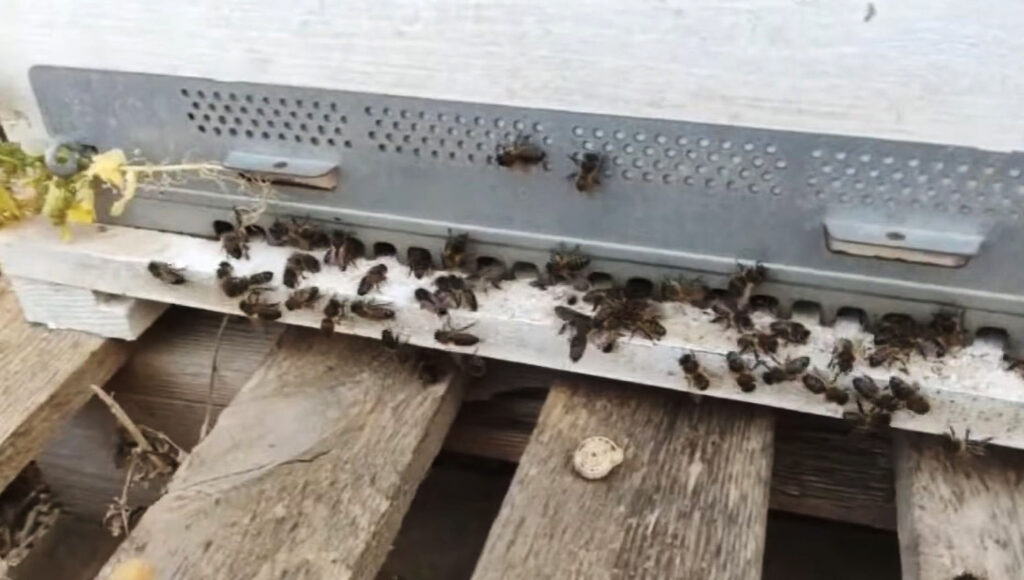
Queen bees measure around two centimetres (0.78 inches). They take a key position in pollinator colonies.
On social media, Medibees underlined they were “committed to supporting conservation efforts of endangered honeybee subspecies.”
The initiative argued: “As island populations, #ruttneri and #siciliana are especially vulnerable.”
The Medibees researchers announced on Instagram they would clarify the issue in another post shortly. They also pointed out that the 47 considered samples “don’t necessarily represent the general honeybee population of Malta.”
Reports about the preliminary results have sparked a heated debate among experts and apiarists. Asked by NewsX to shed some light on the matter, a spokesperson for the project reacted by arguing: “We would like to wait with more statements until the study is complete.”
A few days later, Medibees coordinator Antonio Nanetti got in touch.
Antonio told NewsX: “We would like to clarify that the recent post on A.m. ruttneri primarily aimed to document the ongoing efforts of the Medibees consortium in characterising the Mediterranean subspecies of honeybees.”
The Italian scientist emphasised: “Its purpose was not to present final results but rather to provide an update on our progress.”
He added: “It is important to note that the preliminary report focused on only a subset of Maltese samples and, therefore, we cannot definitively conclude whether it is representative of the overall situation of Maltese bees.”
Antonio said the ongoing survey “may reveal that the concerns for the genetic integrity of honeybees extend beyond Maltese borders and involve other countries and subspecies.”
He went on to point out that he and his fellow researchers had to “emphasise the importance of interpreting results based on established data.”
Antonio concluded: “Our concern lies in the potential for misinterpretations, alarm and unnecessary controversy when drawing conclusions from partial results which may later be contradicted by the final outcomes.”
Queen bees are crucial to honeybee colonies. Bee Hollow Farm, a sustainable apiary in Schodack Landing in the US State of New York, explains on its website: “The queen bee plays a vital role in the hive because she is the only female with fully developed ovaries.
“The queen’s two primary purposes are to produce chemical scents that help regulate the unity of the colony and to lay lots of eggs.”
The beekeepers of Malta managed around 6,000 hives in 2021. This was a year-on-year rise of more than 17 per cent.

